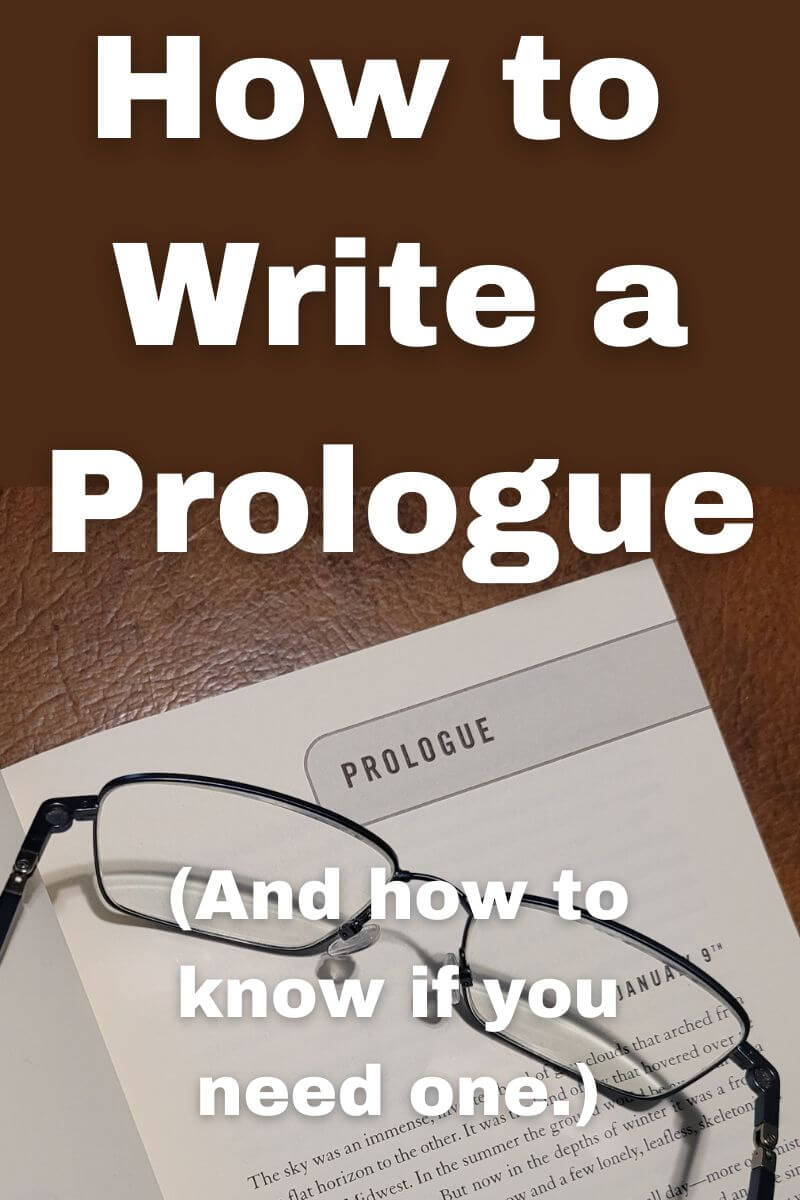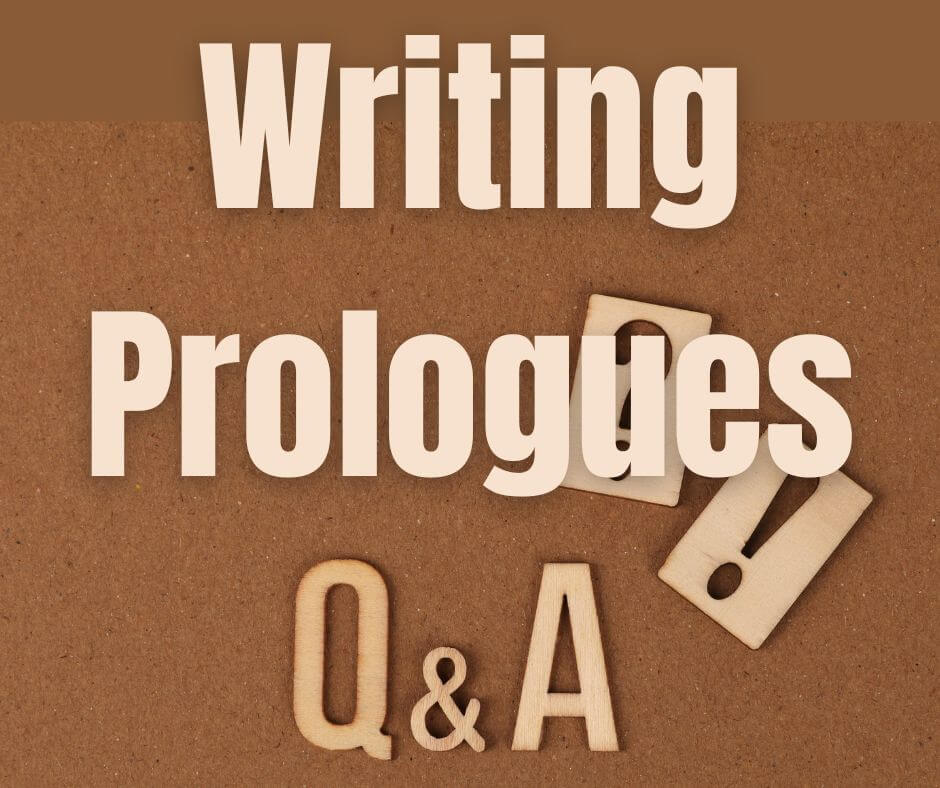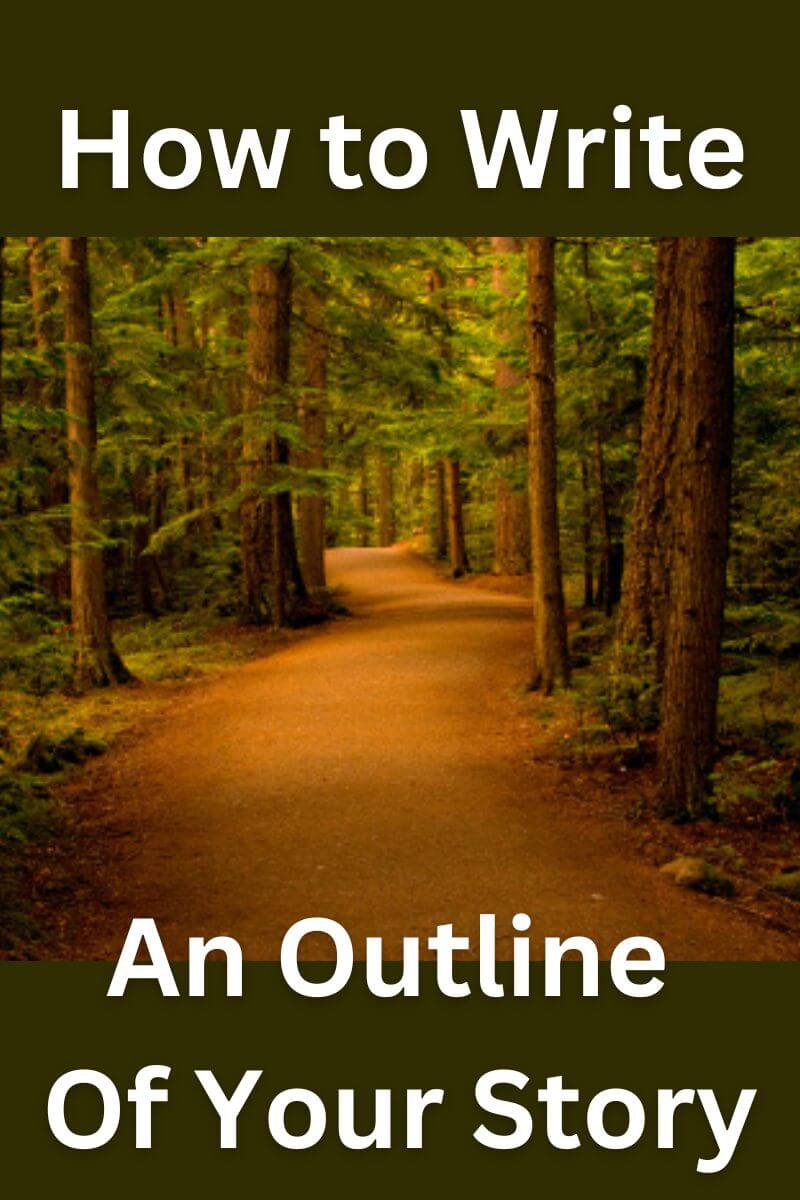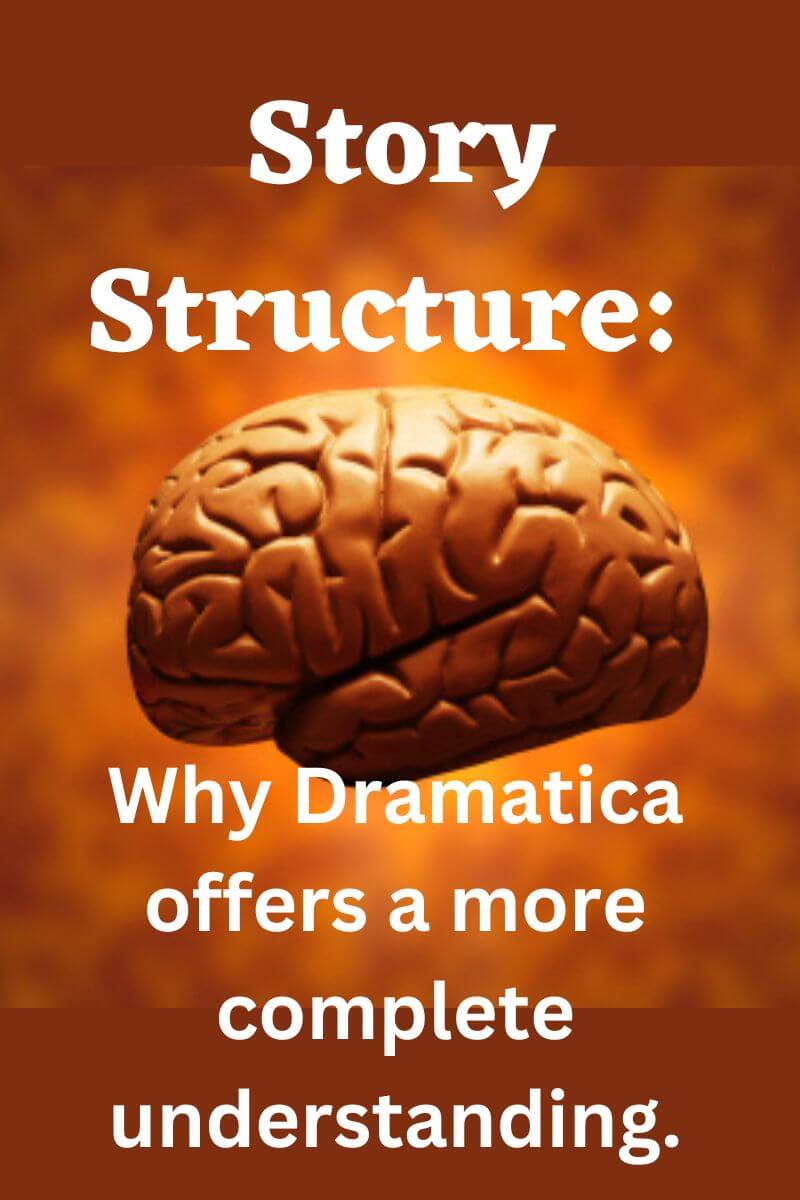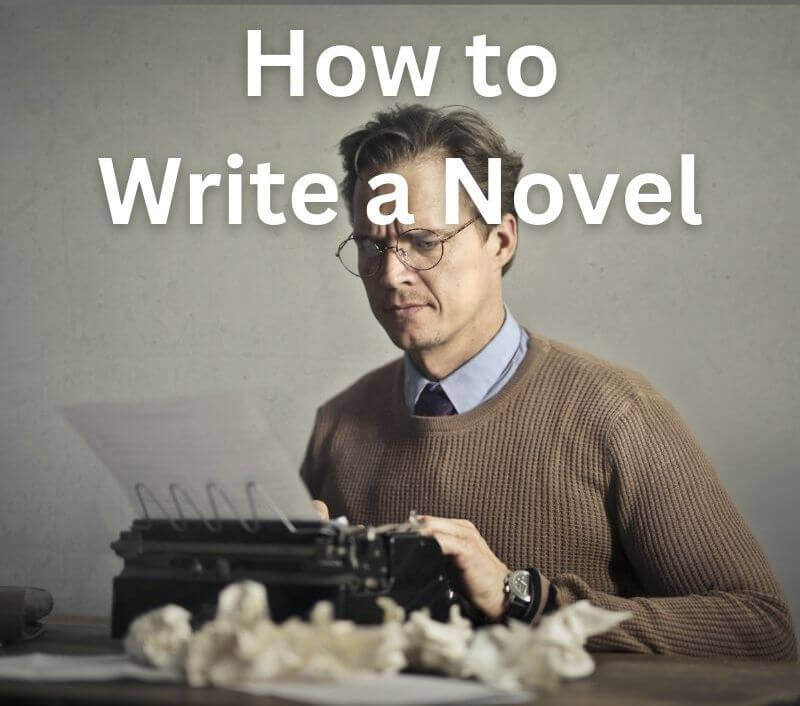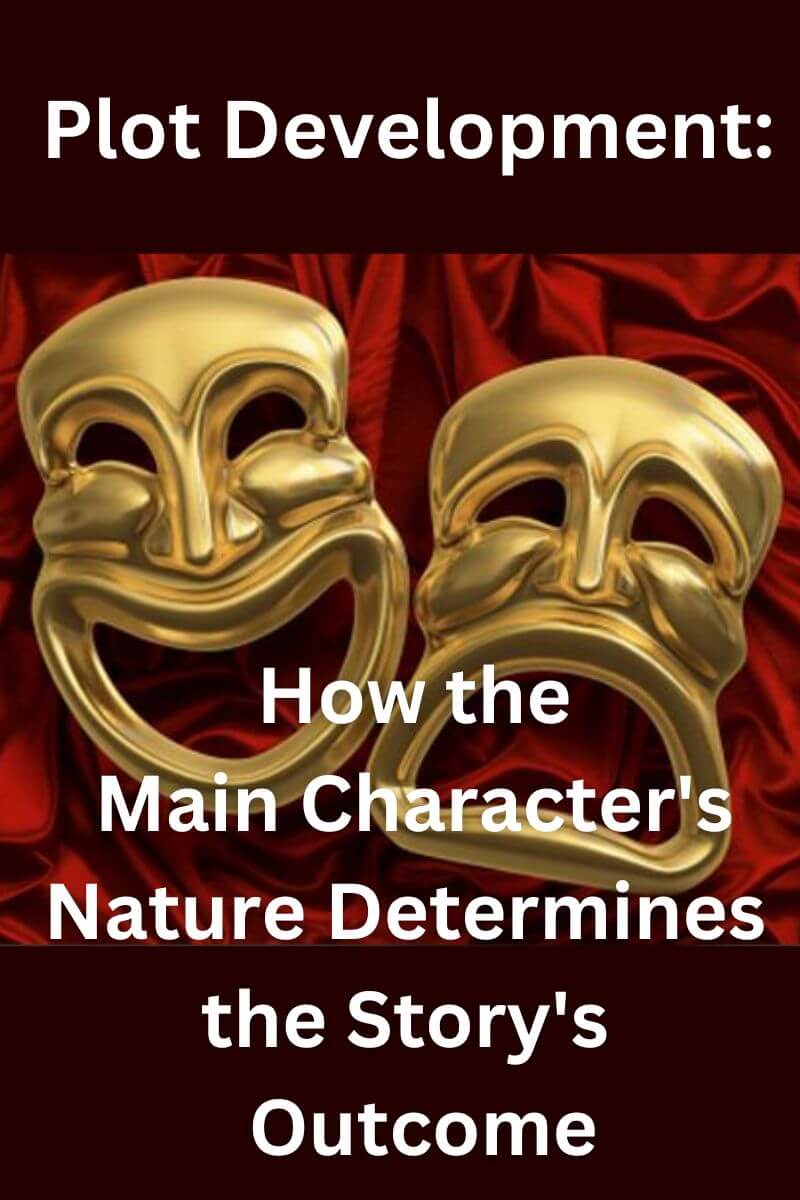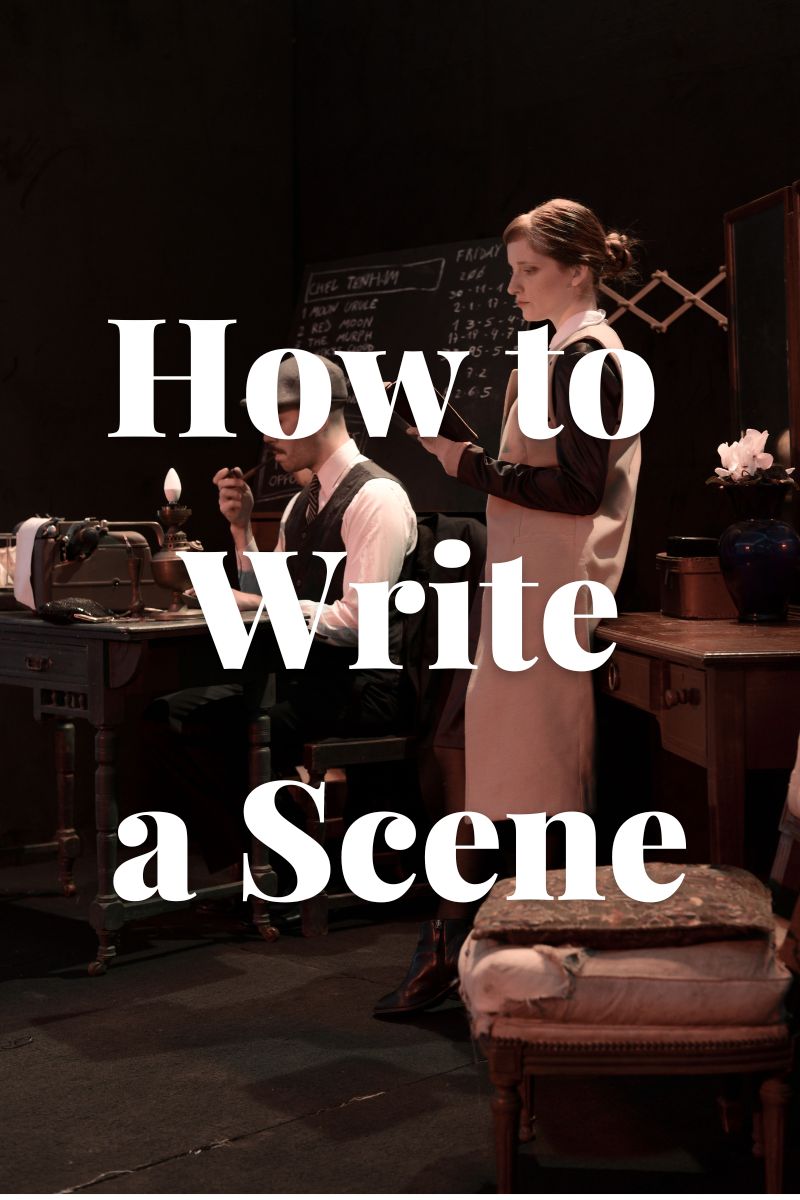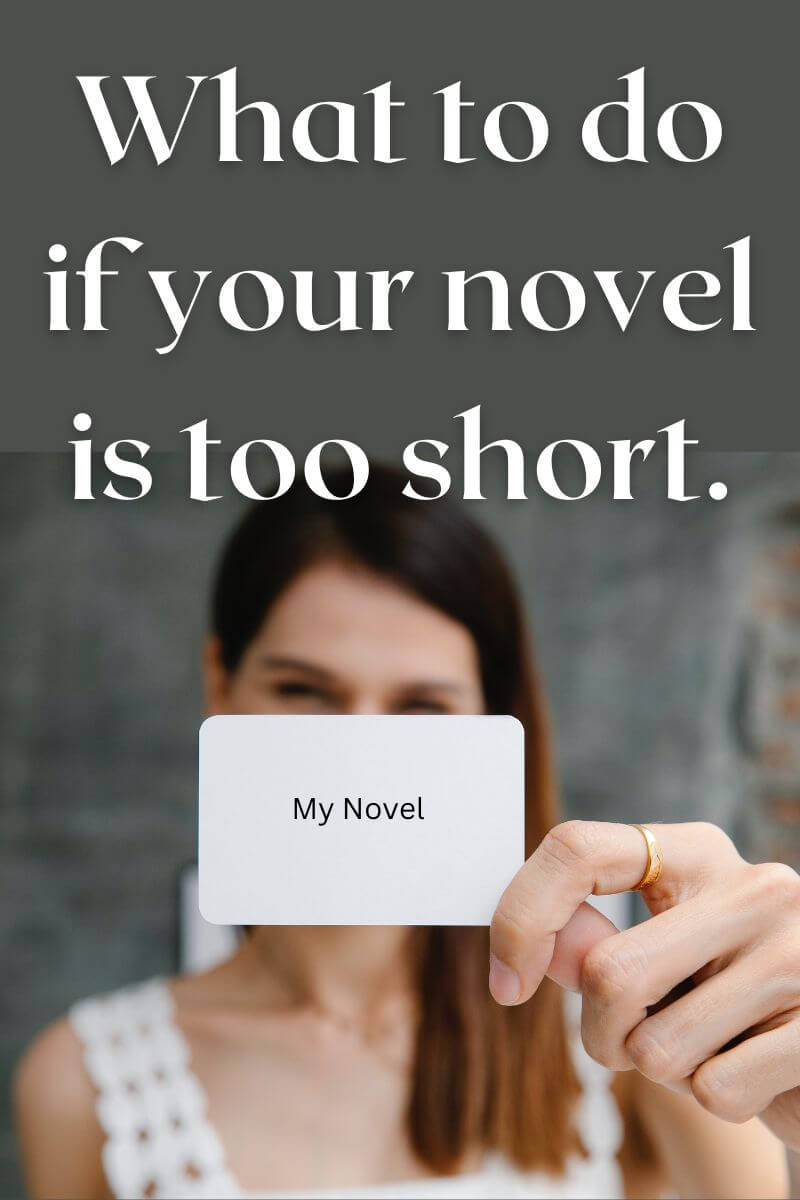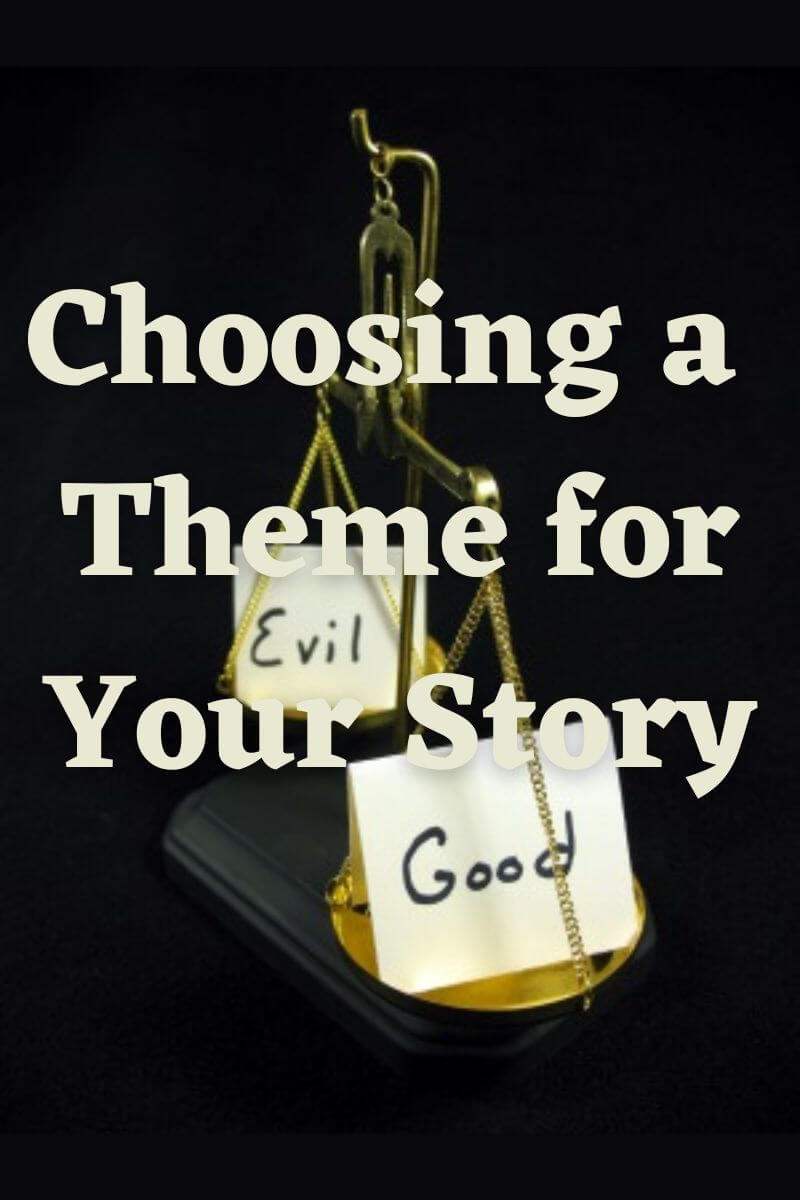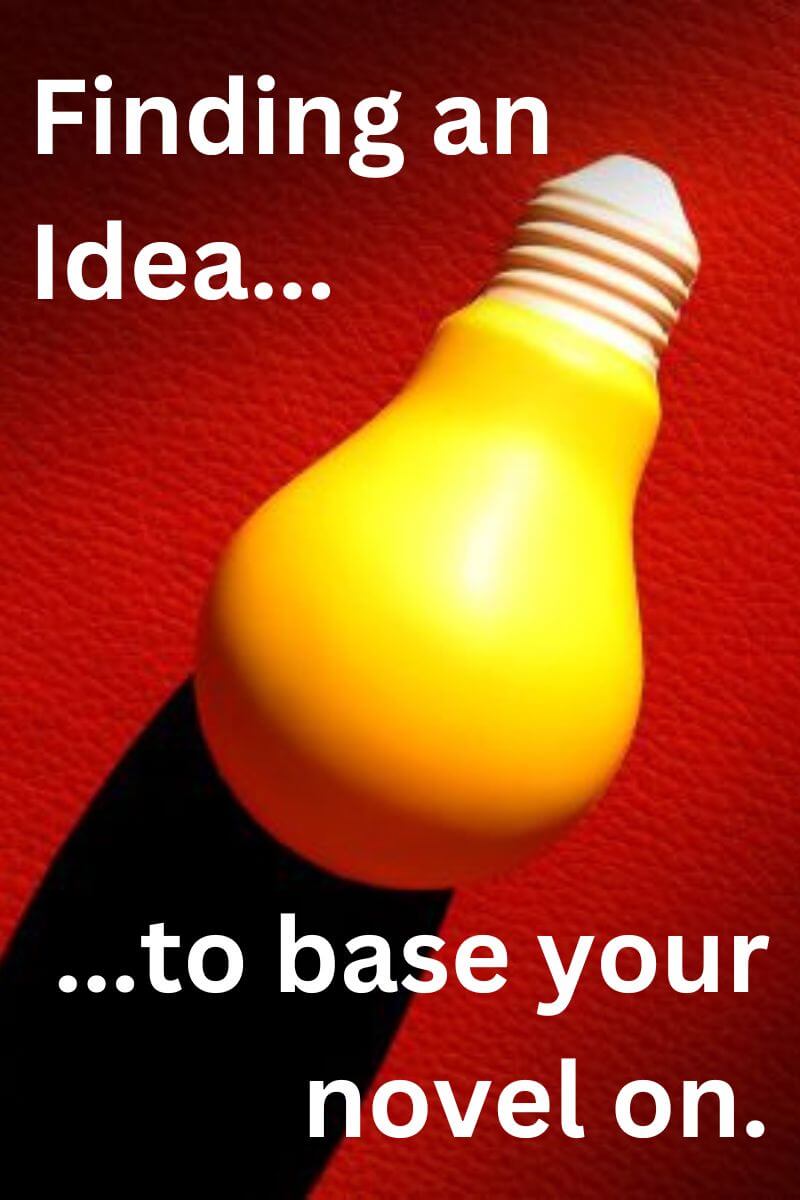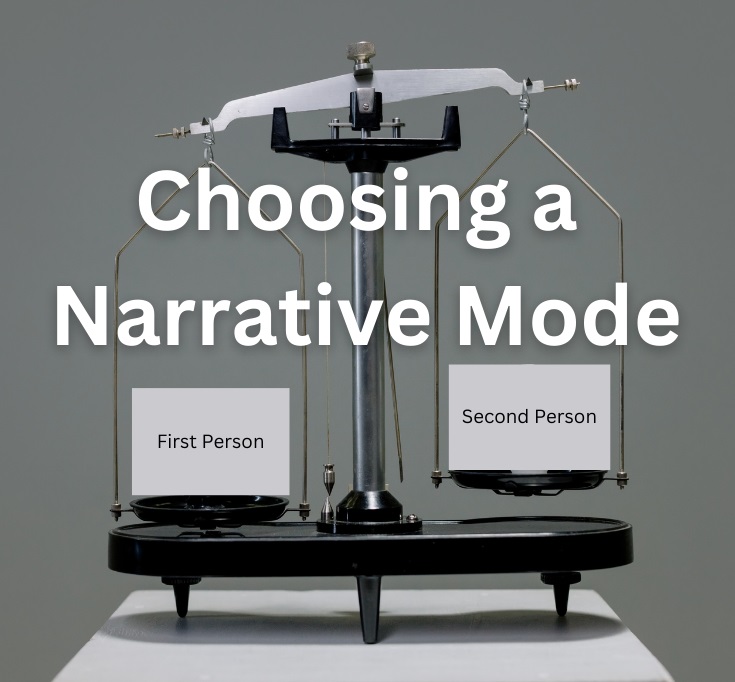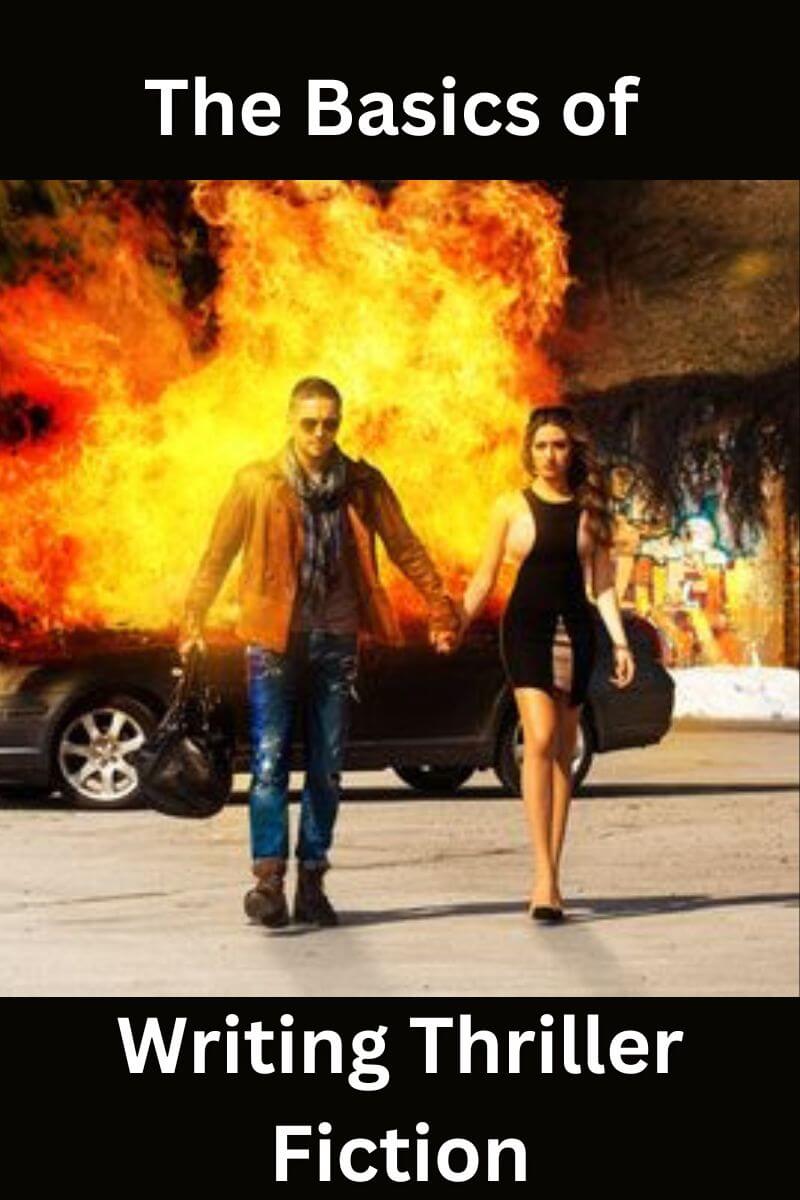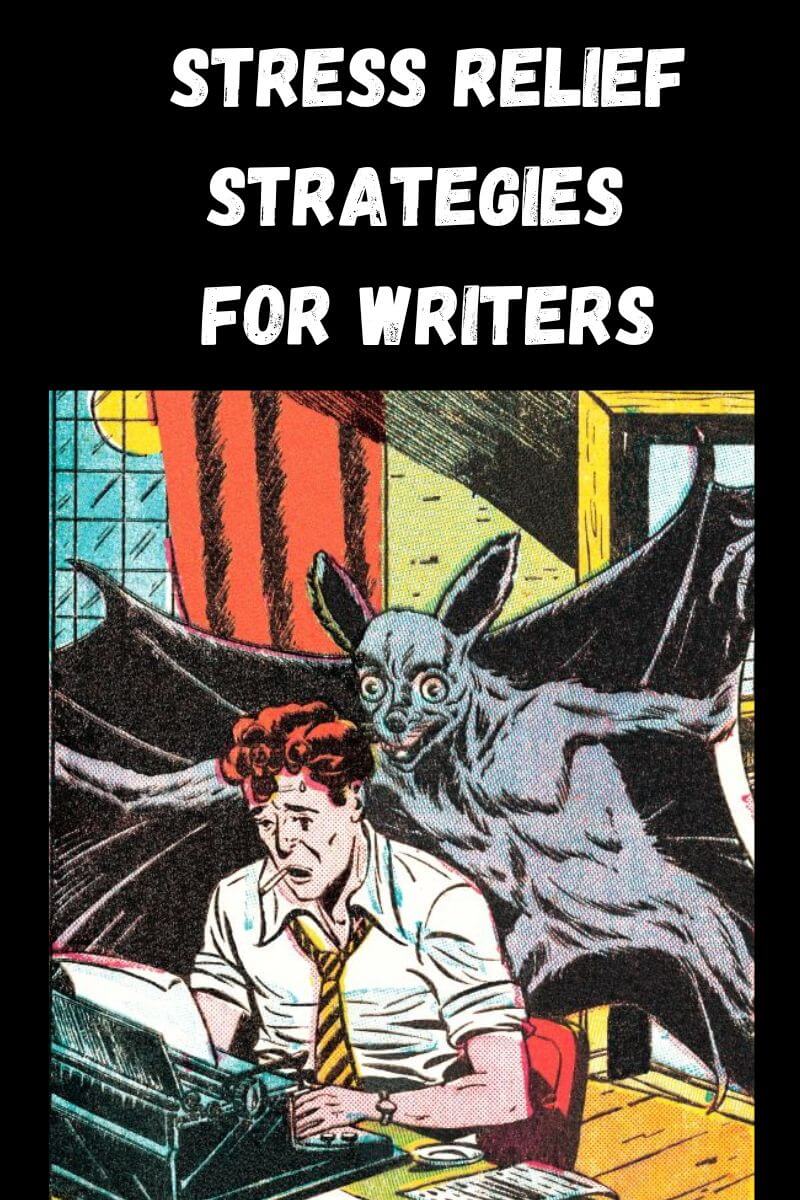How to Write a Prologue (and Why)
By Glen C. Strathy
Do you need to write a prologue to your novel? Most of the time, the answer is "no." But just in case your story would benefit from a well written prologue, let's consider what the function of a prologue is, how to decide if you need one, and how to make sure it contributes real value to your novel.
What is a Prologue?
Just to be clear, the word prologue comes from Greek and literally means something "before the story." For this reason, people generally consider a prologue is some kind of background material intended to prepare the reader for the story, but not really part of the story.
This is a little misleading, as we'll see in a minute. Nonetheless, a prologue is generally a short chapter that appears at the front of a novel, before what is labelled "Chapter One." Chapter One is what most readers consider the start of the story proper.
Why It's Usually Better Not to Write a Prologue
There's a very good reason why most novels should not have a prologue.
Consider that the most important thing the beginning of a novel should do is capture the reader's interest. You want to persuade your reader that you have a story for them they are really going to enjoy. Sometimes people browsing in a bookstore will open a novel and read the first page, to see if it interests them enough to buy the book. You want to make it impossible for them to put the book down.
One of the most effective ways to hook your reader is to introduce them to a main character who interests them. You want to show them that this character is someone whose story they want to read, someone who's head they want to spend some time in. And you want to do this on the first page, if possible.
In fact, many readers will not get interested in reading a novel unless they feel an immediate connection with the main character.
The problem with most prologues is that they don't introduce the main character. Prologues often take place before the main character enters the story. Sometimes they take place years before the main character is even born.
For this reason, many readers will actually skip a prologue altogether and begin reading the first chapter, where they are confident they will be introduced to the main character. They feel they can always go back and read the prologue later, if it matters to the story.
(Of course, this also means that you should introduce your main character in the first chapter. If there's no main character for the reader to latch onto right away, they may decide to abandon the story and look for a different book.)
So unless you have a good reason for writing a prologue, it's usually better not to. Simply begin the story at the point where the main character is introduced, and make that Chapter One. Usually, you can fill the reader in on any background information or backstory at a later point in the story if you need to, to help them understand what's going on.
When It's Helpful to Write a Prologue
The above notwithstanding, sometimes it can be helpful to write a prologue to your novel. To understand this, consider the basic structure of a good story, as summarized by the W-Plot:
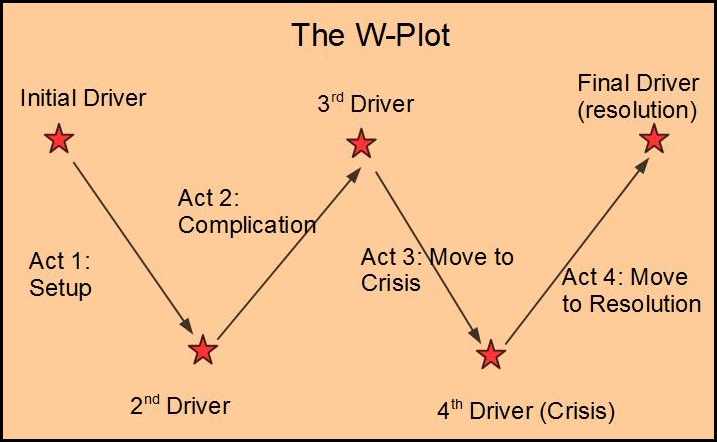
As you can see, a plot generally begins with an initial driver. An initial driver is an event or change, without which the rest of the story would not happen. It is an event that disrupts the status quo in the story world. It is what ignites the the chain of events that make up the rest of the plot.
In some stories, the main character is present at the time and place where the initial driver occurs. In that case, there is no need to write a prologue. Assuming you're telling the story in chronological order, your first chapter would show the initial driver and introduce your main character at the same time.
However, in other stories, the main character is not present for the initial driver. The initial driver may be an event involving other characters and the main character may not enter the story until a later date.
For instance, in many fantasy, adventure, or thriller stories, the initial driver is an event in which the villain's plan is set in motion. It's about the villain and his allies. The main character doesn't enter the story until later, after the plan has had a chance to progress. In other stories, the initial driver is an accident, mistake, or failure that disrupts the balance in the world, creating the potential for a new threat to arise down the road. Or it might be an event in which a high-born baby is exiled and raised in obscurity. Chapter One will then introduce the reader to the baby years later, when he has reached the age where he will start preparing to return and reclaim his place.
In many mystery stories, the initial driver is an event that causes someone to decide to commit murder. The significance of that event may not be obvious at the time. It's only later, when a body is discovered, that the detective (the main character) is called in.
Having the initial driver appear in Chapter One has the advantage of creating suspense. The reader will be left wondering what will happen as a consequence of this event, and keep reading to find out.
On the other hand, if the main character is not present for the initial driver, so not in Chapter One, the reader can get the wrong impression about what the story is about. They might think the villain is the main character. Or they might feel there is no likeable character they can get attached to. Readers looking to connect with the main character right away may be disappointed and decide this story isn't for them.
In such cases, it may be better to write a prologue that narrates the the initial driver. This reassures readers that the story hasn't actually started yet, so they must be patient and wait for the main character to arrive in Chapter One.
Using a Prologue to Begin a Different Arc
Sometimes you may choose not to begin with the initial driver. You might decide to have the reader learn about the initial driver later in the novel, either from one character describing it or through flashback. In such cases, are there any other reasons why you might choose to write a prologue? Yes.
According to Dramatica theory, there are four throughlines or story arcs commonly found in well structured stories. These throughlines generally run parallel to each other.
Just like with the initial driver, if one of your arcs begins before the main character enters the story, you may want to show the beginning of that arc in a prologue. Again, you want to reserve Chapter One for introducing your main character.
The four main throughlines in a story are:
1. The Overall Throughline: the plot that involves or affects most of the characters in the story world.
2. The Main Character Throughline, which is the arc of the main character's inner conflict and growth.
3. The Impact Character Throughline, which is the arc concerning how the impact character pressures the main character to change.
4. The Relationship Throughline, which concerns the development of the relationship between the main and impact characters.
Each of these throughlines follows the basic pattern of a dramatic arc:
setup --> complication --> crisis --> resolution
The setup phase is the beginning of an arc, chronologically. So here's what your prologue might be about, if it's not about the initial driver.
If the prologue concerns the Overall Story, it will show how certain characters in the story world react to the initial driver.
If the prologue concerns the Main Character... it will show a pivotal event from the main character's backstory -- an event that makes the main character become the person they are when they appear in Chapter One. It could be an event where the main character triumphs or fails,
where they reveal a hidden talent or suffer a traumatic loss. At any rate, it will be a significant event that shaped their personality or outlook on life.
If the prologue concerns the Impact Character... it will show an event in which the main character sees the impact character for the first time. In that event, the impact character does something that makes an impression on the main character and leaves them with with unanswered questions about what they saw. This sets the stage for later in the story when the impact character reenters the main character's life.
If the prologue concerns the Relationship Story... it will show an event that establishes a relationship between the main and impact
characters. Perhaps it's an event that makes them hate each other.
Perhaps it's an event that reveals something they have in common, or
some reason why they could become friends, lovers, or allies. Of course,
whatever kind of relationship they establish here, change and evolve later.
Either way, the first chapter will introduce the main character in the present.
Tips on How to Write a Prologue
Assuming you have now decided you want to write a prologue, and what it will be about, here are some tips to keep in mind...
A Prologue Must Be About an Event
A prologue must show a significant change happening to the story world or some character(s). Something must happen that will affect the story going forward. Either an action takes place or someone makes an important decision. Either way, if it doesn't affect the story going forward, there's no reason to include it in the novel.
A Prologue Should Only Be About One Event
Don't write a long history as a prologue, crammed with many events over time. A good prologue is about just one event -- one highly significant event -- and no more.
A Prologue Cannot Be Mere Background Information
Background information should not be presented in a prologue, for the simple reason that it's seldom interesting or emotionally engaging. Instead, you should sprinkle little bits of background information throughout the story, where the reader needs them to understand what's going on.
There's no need to summarize the history of your story world in a long infodump, and especially not at the start of your novel.
A Prologue Should be Structured Just Like Any Other Event
Make sure the prologue has its own small dramatic arc. , along the lines of...
setup (a character with a goal) --> complication (something unexpected happens) --> crisis (a turning point) --> resolution (characters head off in a new direction as a result of what happened)
In other words, make sure the prologue is as engaging as any other chapter.
Keep It Short
A prologue should be shorter than your typical chapter. That is because your reader wants to get to the proper start of the story -- the introduction of the main character. Don't make them wait any longer than necessary.
Hook the Reader with Either Suspense or Mystery, or Both
Suspense means the reader wants to know what will happen next, as a result of what just happened.
Mystery means the reader wants to know what just happened and why.
Both of these devices make the reader want to keep reading to get their questions answered, which is exactly what you want them to want by the end of the prologue.
Consider Using Flashback Instead
Sometimes it works better to take the material you want to put into a prologue and make it into a flashback instead, to be inserted later in the story. This serves to eliminate any delay in getting to the all important introduction of the main character.
Bonus: Q&A on Prologues
Read questions visitors have submitted on the topic of prologues, and our answers -- or perhaps submit your own question.
- Home
- Write a Novel
- Prologues
